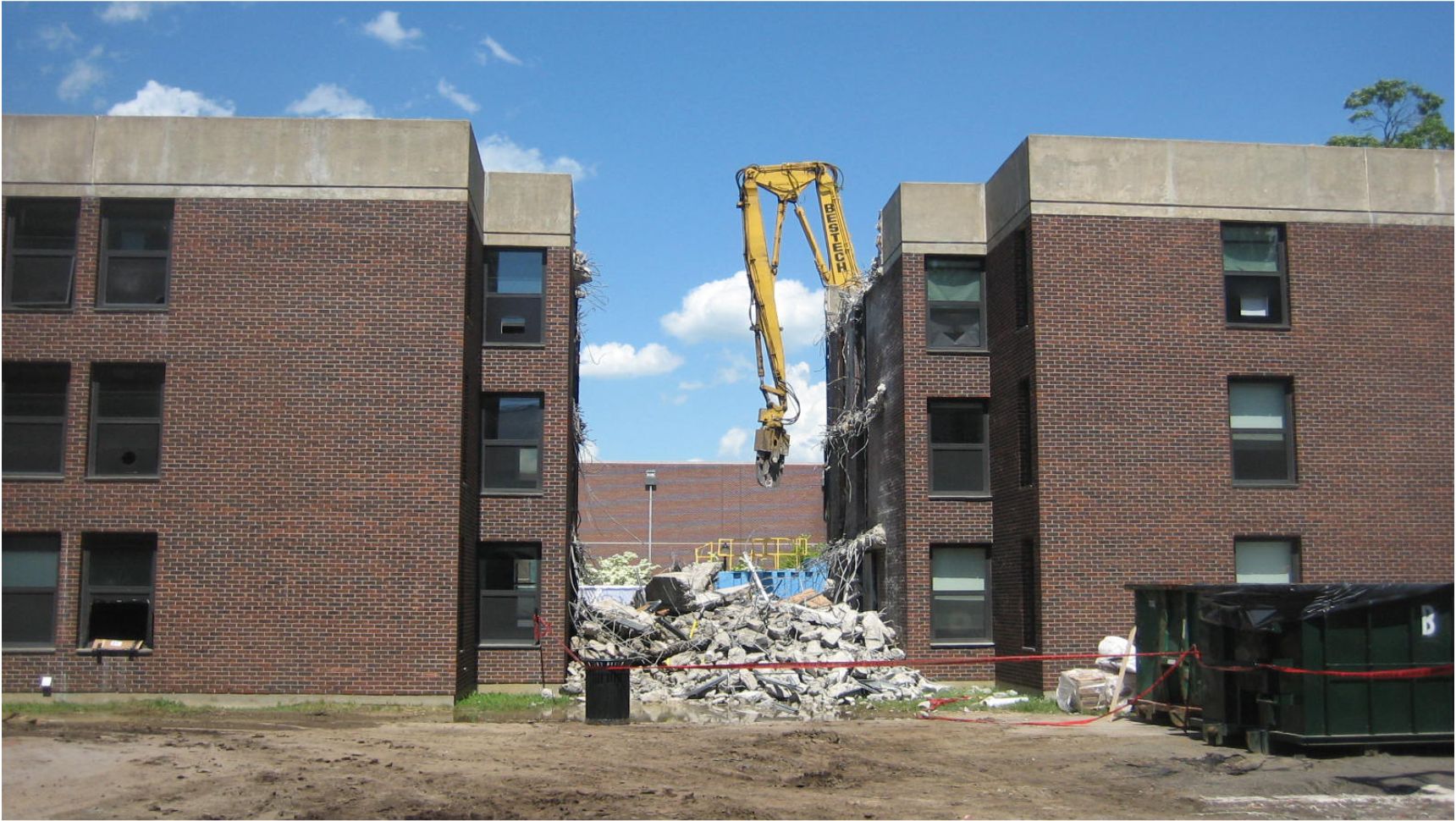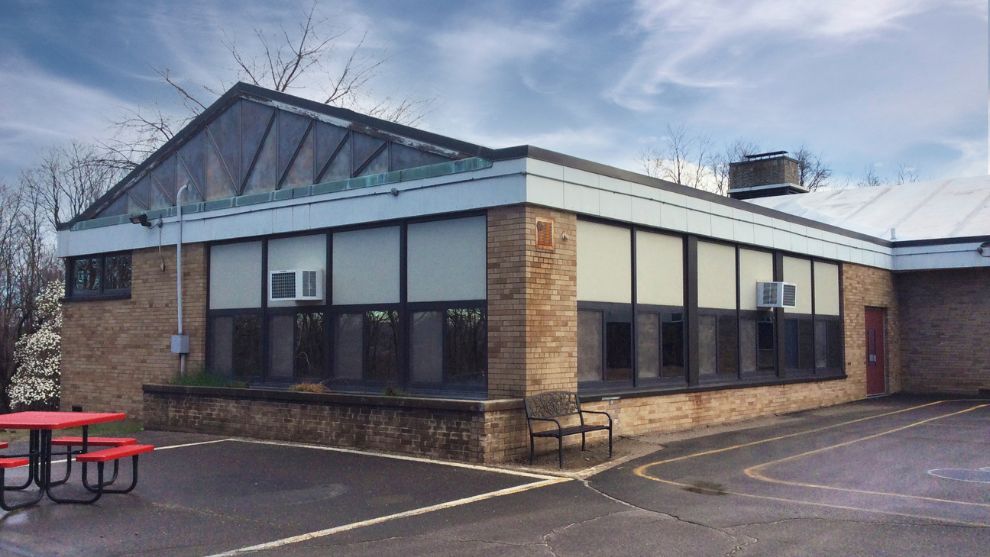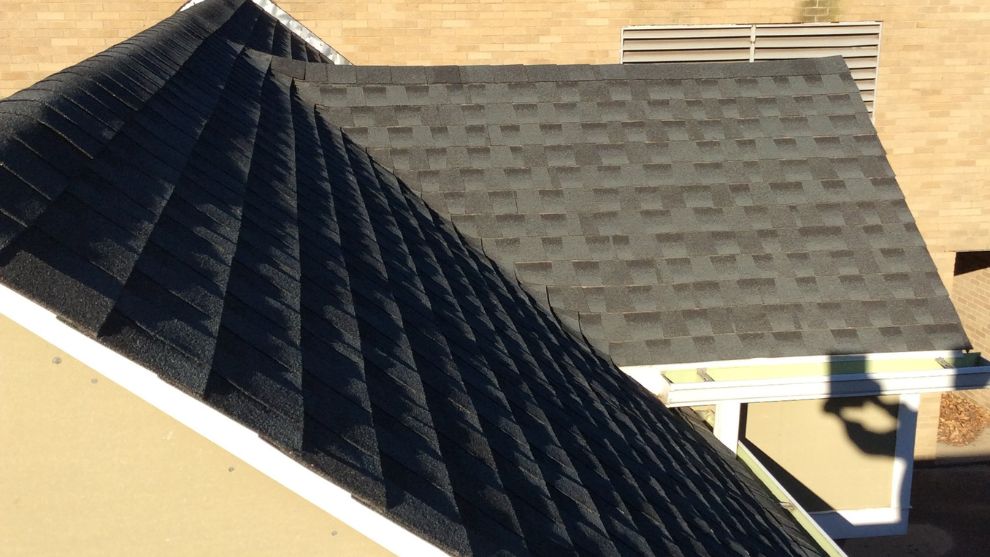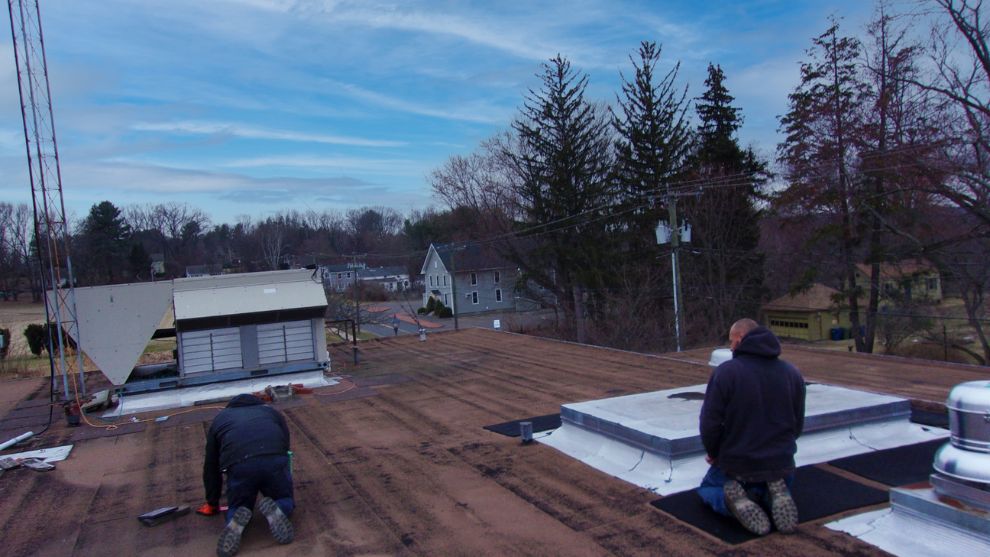Asbestos Surveys for Buildings – Regardless of Building Age


In my 20+ years of experience providing hazardous building materials consulting services, I have noted a general misconception in the construction industry that buildings built after 1980 are not required to have a pre-demolition survey or pre-renovation asbestos survey. So much so that the United States Environmental Protection Agency (EPA) continues to issue clarification letters regarding their Natural Emission Standards for Hazardous Air Pollutants (NESHAP), referencing Section 40 CFR 763 subpart 1, 40 CFR 61.145(a) and 40 CFR 61.141, stating that any facility, regardless of the date of construction, requires an asbestos inspection prior to a renovation or demolition project.
Why is this such a critical concern? Asbestos is a naturally occurring mineral that is heat, electricity, and corrosion resistant, which makes it an effective insulator, but also makes asbestos highly toxic when disturbed. Exposure to asbestos dust can cause cancer and lung disease. In 1978 the EPA banned the use of most asbestos products in public areas. Although highly regulated, there has never been a complete ban of asbestos-containing materials (ACM) in this country, and many ACM products are in circulation in the United States today. Moreover, the EPA states that obtaining documentation from manufacturers that asbestos is not present is not always a guarantee. Many imported materials contain asbestos, and the EPA allows a small amount of asbestos in various building materials.
Our Hazmat team is here to help you comply with EPA regulations. Let’s work together to protect your workers and your community.

Did you know that buildings built after 1980 may still contain asbestos?

There has never been a complete ban of asbestos in the US. Many common building products in circulation contain asbestos.

The EPA’s Natural Emission Standards for Hazardous Air Pollutants (NESHAP) requires an asbestos survey for any demolition or renovation building project, regardless of the building’s age.
Fuss & O’Neill has experience detecting materials containing asbestos in buildings of all ages through our hazardous building materials assessment and abatement work. For example, we recently conducted hazardous building materials sampling for a school roof replacement project. The school, which was built in 2009, was discovered to contain asbestos in the roof tar. Fuss & O’Neill worked with the owner to retain a roofing contractor qualified to remove and dispose of the asbestos roofing and install new roofing to compliment the project costs and project time frame.
Testing for asbestos content in building materials is important to ensure that proper engineering controls are practiced to prevent indoor air quality issues, to ensure that materials are removed by proper trades for worker protection, and to ensure that materials are properly landfilled. Safety is a priority for us at Fuss & O’Neill and we want to ensure that the community, and those we partner with on renovation and demolition projects, are safe and healthy. Should you have a concern that an upcoming project may require an asbestos inspection, or a question about the ways to comply with the EPA’s NESHAP regulations, our Hazardous Buildings Material Team is here to help.
Kathleen Pane has extensive experience conducting, overseeing, coordinating, and reviewing the technical quality of various environmental investigations and assessments. Projects include hazardous material inspections and designs involving asbestos, lead-based paint, PCBs, indoor air quality, industrial hygiene, and Phase I, II, and III environmental site assessments. She has also worked on numerous demolition, renovation, and redevelopment projects.
We keep up-to-date on developing technologies, emerging concerns, climate projections, and new regulations. Subscribe to be the first to know how these ever-changing industry topics impact you and how we’re responding.
"*" indicates required fields